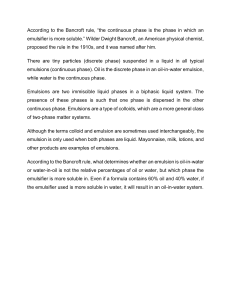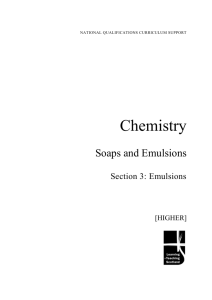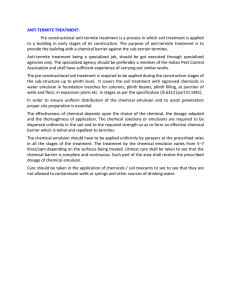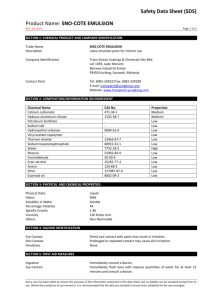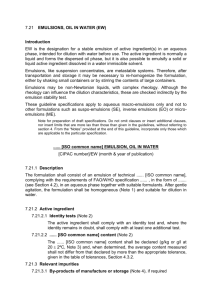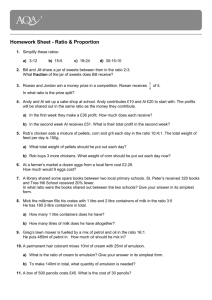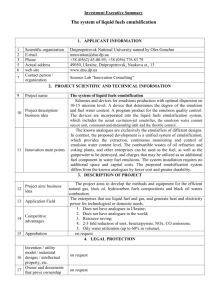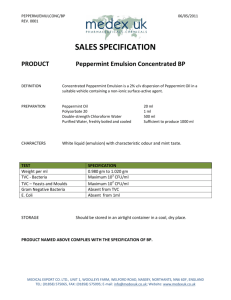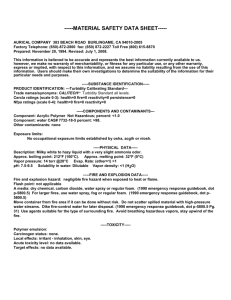ABSTRACT Encapsulation of functional agents within micro
advertisement
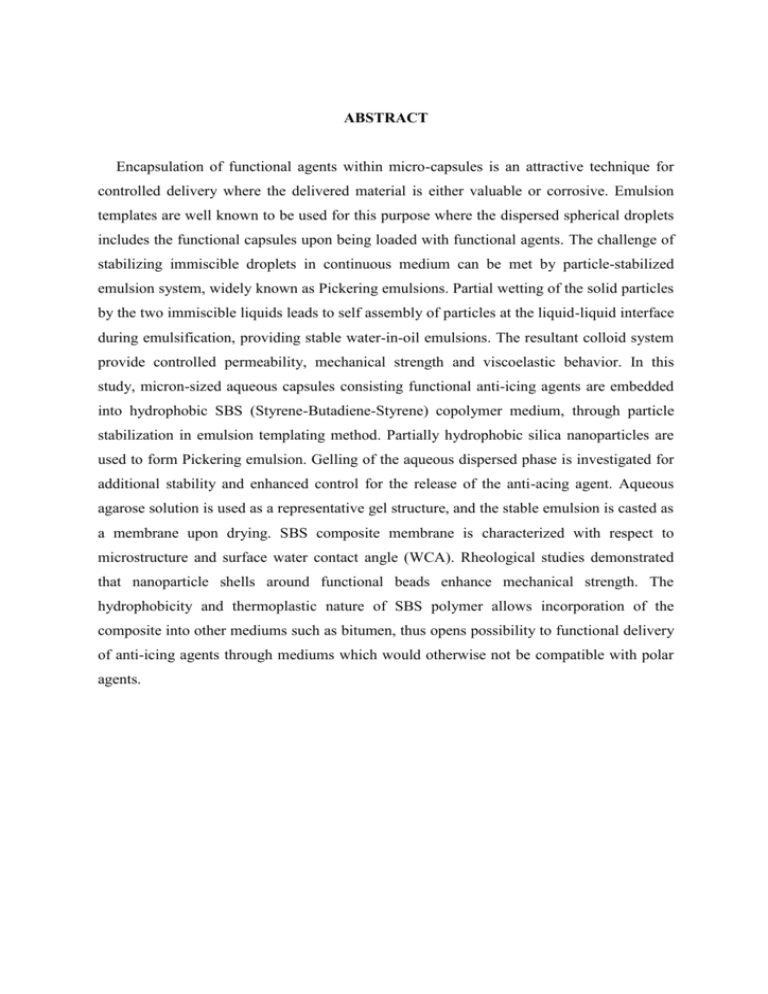
ABSTRACT Encapsulation of functional agents within micro-capsules is an attractive technique for controlled delivery where the delivered material is either valuable or corrosive. Emulsion templates are well known to be used for this purpose where the dispersed spherical droplets includes the functional capsules upon being loaded with functional agents. The challenge of stabilizing immiscible droplets in continuous medium can be met by particle-stabilized emulsion system, widely known as Pickering emulsions. Partial wetting of the solid particles by the two immiscible liquids leads to self assembly of particles at the liquid-liquid interface during emulsification, providing stable water-in-oil emulsions. The resultant colloid system provide controlled permeability, mechanical strength and viscoelastic behavior. In this study, micron-sized aqueous capsules consisting functional anti-icing agents are embedded into hydrophobic SBS (Styrene-Butadiene-Styrene) copolymer medium, through particle stabilization in emulsion templating method. Partially hydrophobic silica nanoparticles are used to form Pickering emulsion. Gelling of the aqueous dispersed phase is investigated for additional stability and enhanced control for the release of the anti-acing agent. Aqueous agarose solution is used as a representative gel structure, and the stable emulsion is casted as a membrane upon drying. SBS composite membrane is characterized with respect to microstructure and surface water contact angle (WCA). Rheological studies demonstrated that nanoparticle shells around functional beads enhance mechanical strength. The hydrophobicity and thermoplastic nature of SBS polymer allows incorporation of the composite into other mediums such as bitumen, thus opens possibility to functional delivery of anti-icing agents through mediums which would otherwise not be compatible with polar agents.

